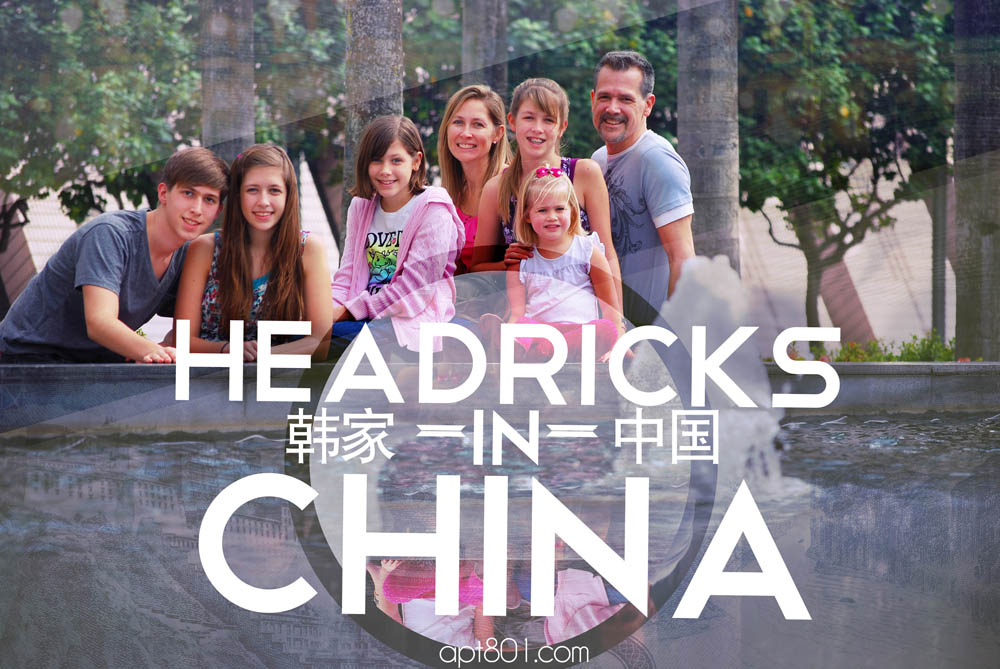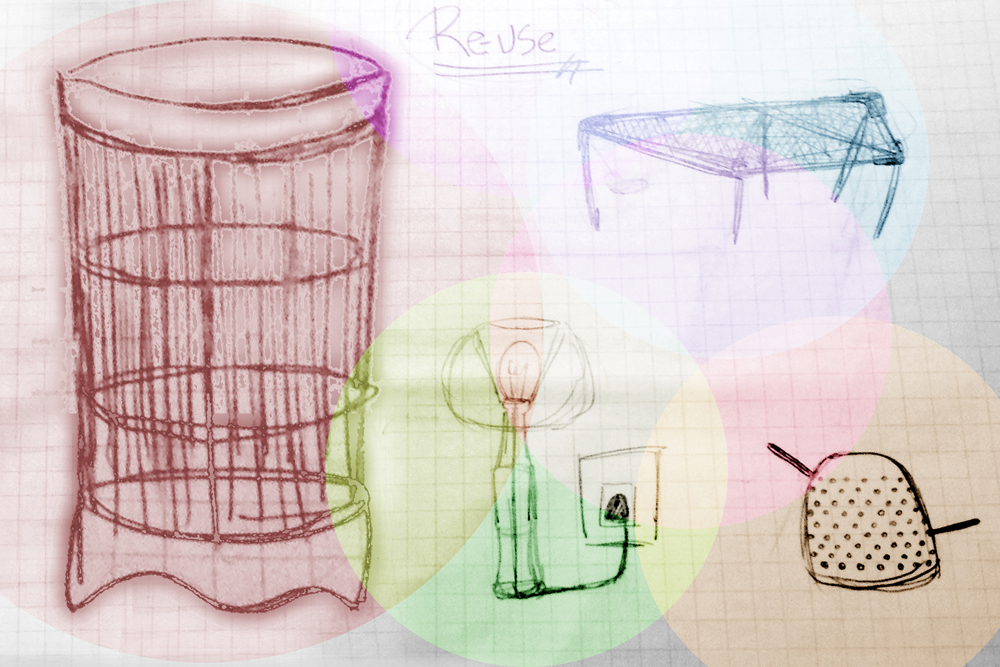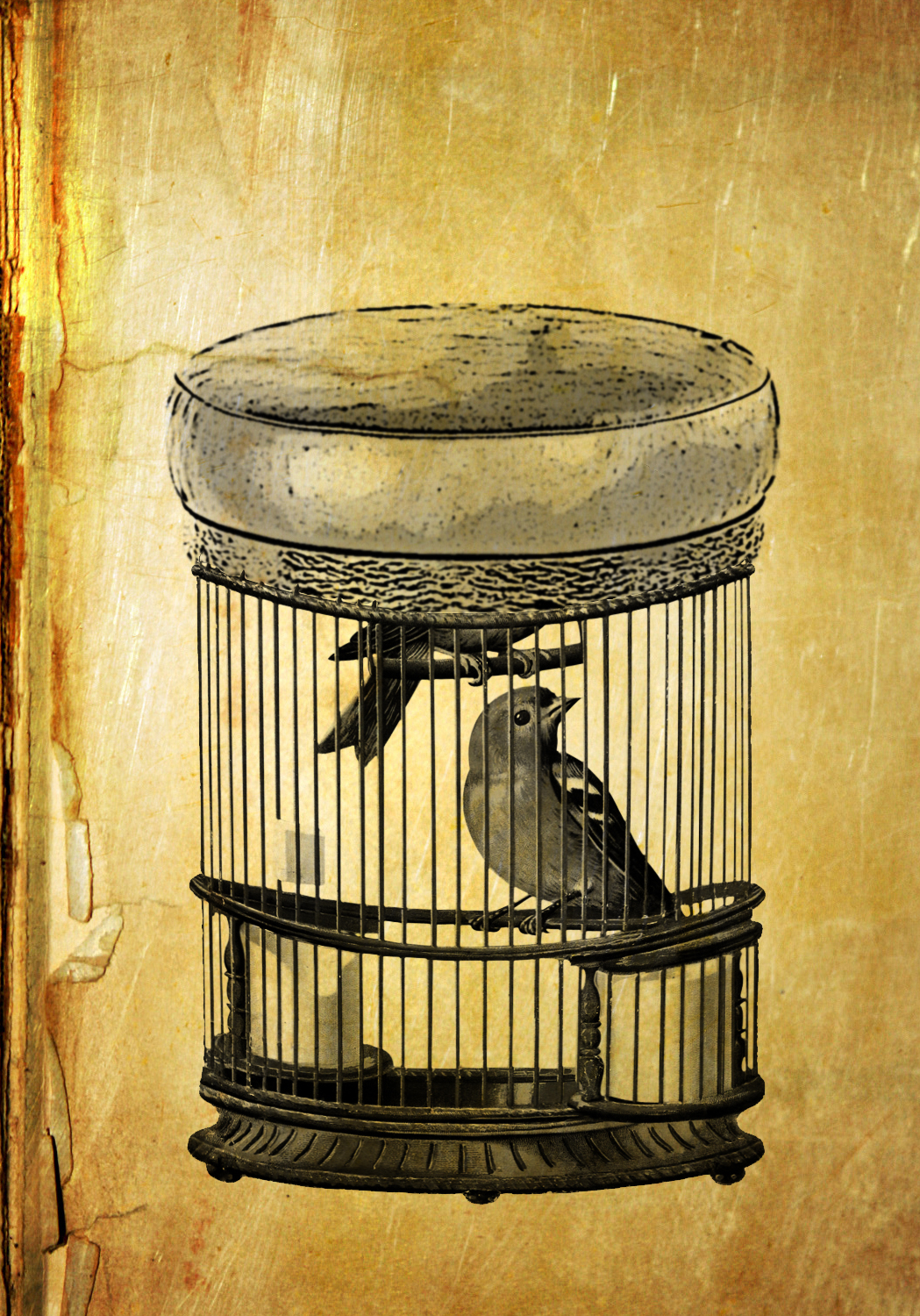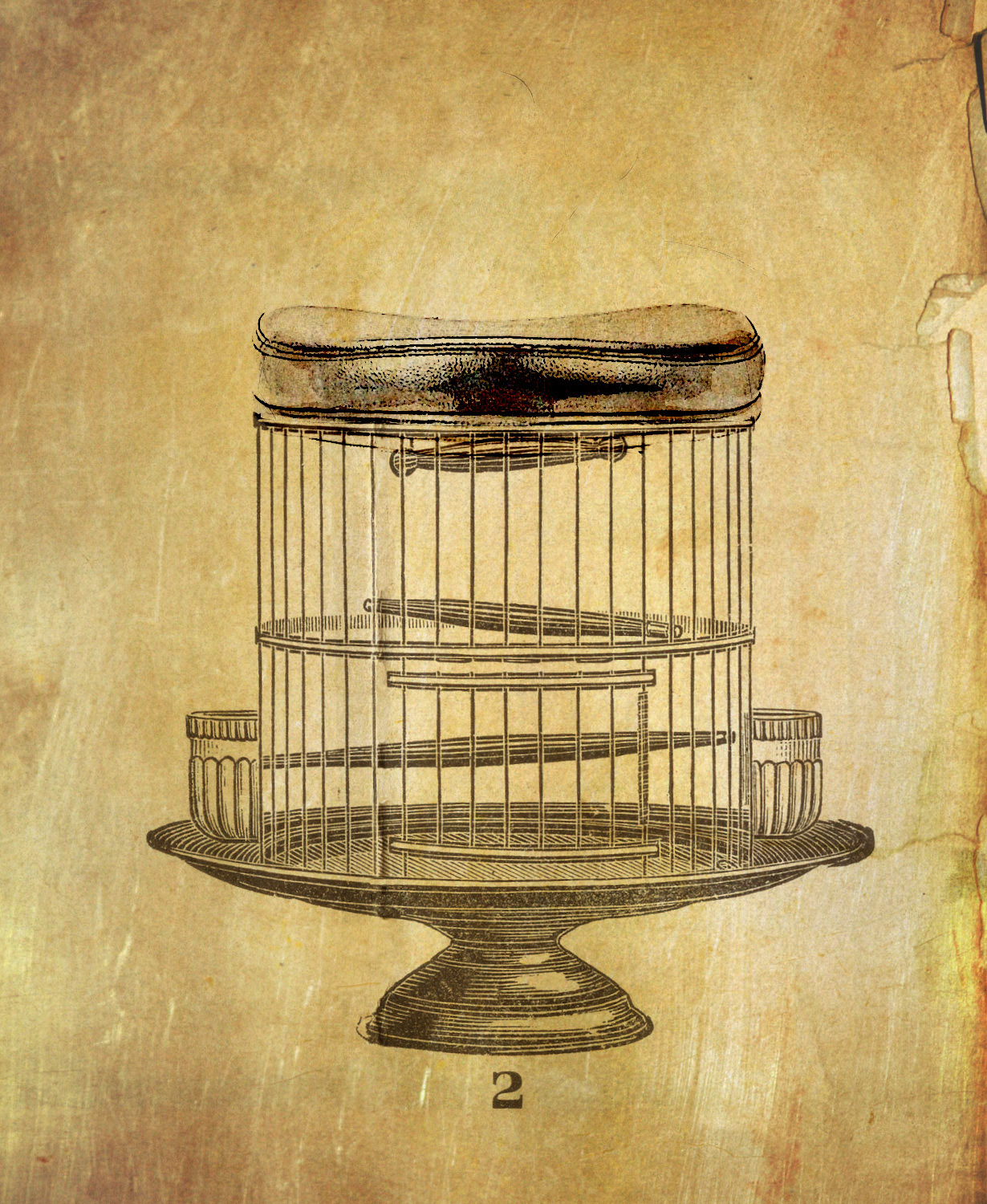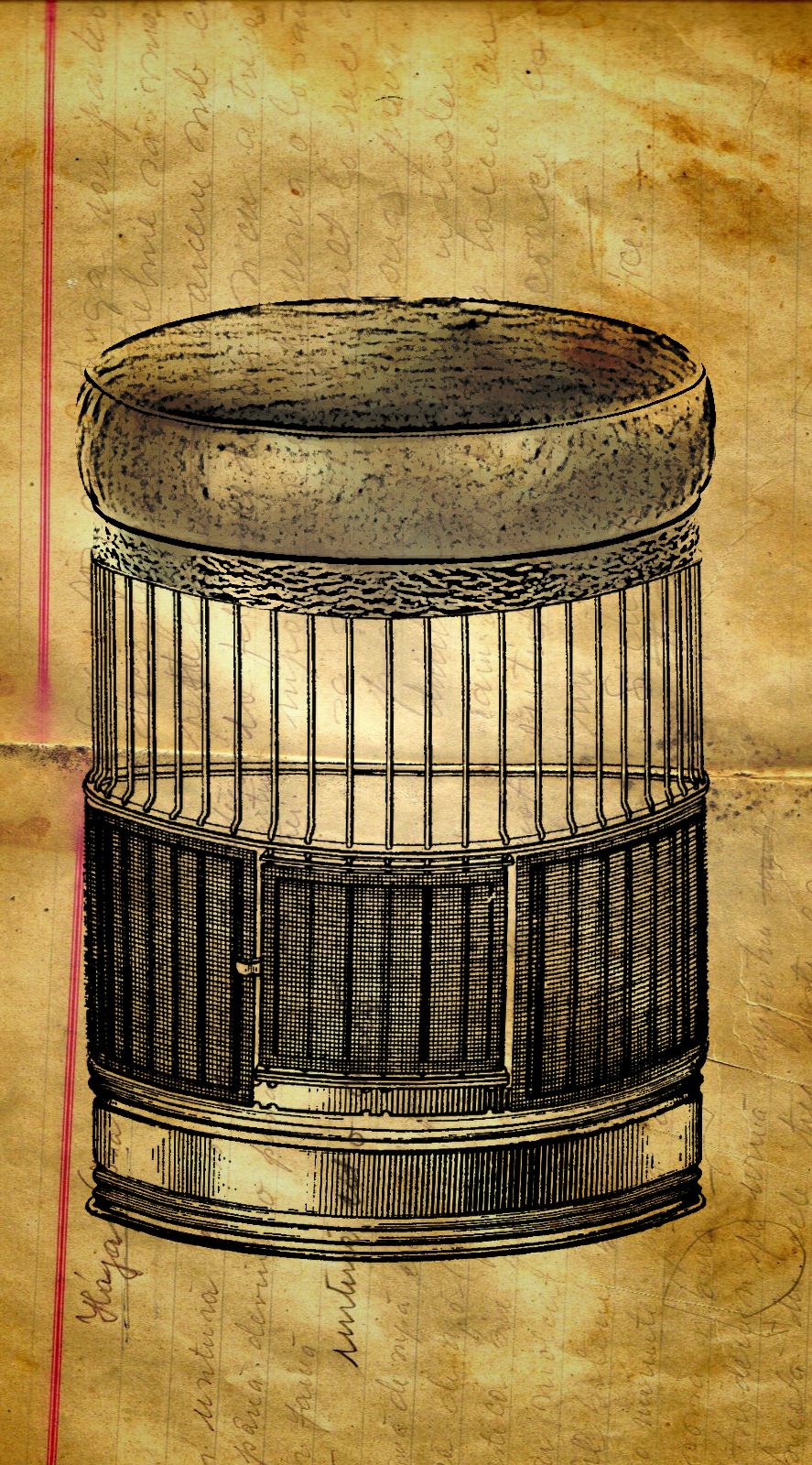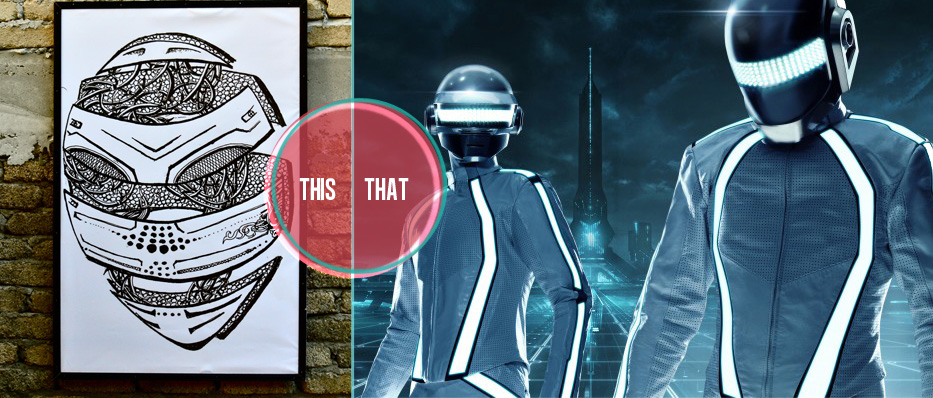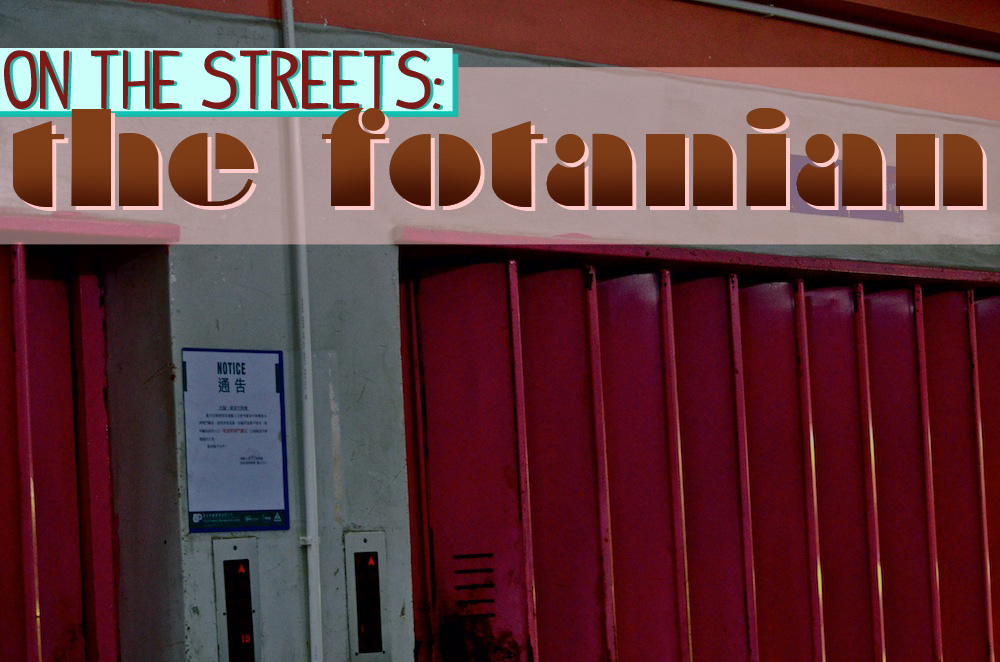Starting this new semester, we are going into a lot of History and Theory which is included in the shaping of what architecture is as a whole. Our studies have taken us from the debate of art categories-the fine arts as compared to industrial arts; all the way to the push for a violent revolt of the arts and society as a whole. In the first few lectures, we focused on what it meant to be “Modern”, and what that means for architecture.
With the start of the industrial revolution, the world moved into the modern era–but some would say this isn’t the start of the modern era. The real change that occurred what the explosion of new materials and machines that allowed for so many new and different artistic expressions and styles.


The Arts and Crafts Movement was one of the first reactions to the Modern era and its effects. The Arts and Crafts Movement hoped to return to the more handcrafted tradition of creating all utilitarian and decorative items uniquely and personally. This included highly intricate work by people-instead of machines. They created by hand their own furniture, houses, stained glass, fixtures, and even wallpaper.

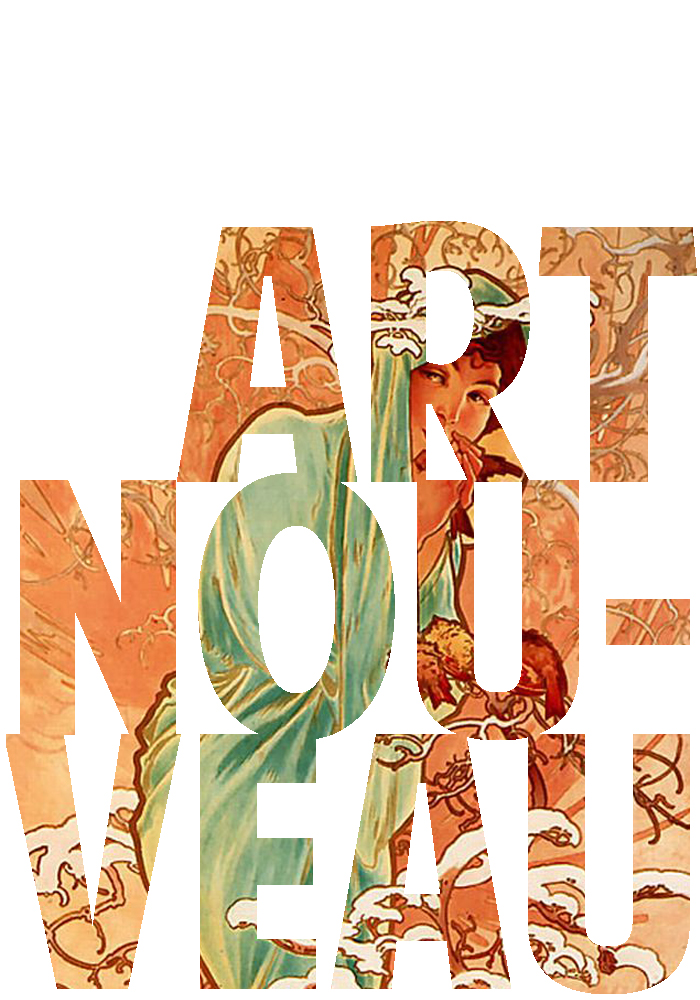
Art Nouveau was the reaction to the Arts and Crafts Movement. They believed in the machine and the possibilities behind the machine. They praised engineers as artists and embraced new technologies and materials as ways to enhance their artistic expression. They started to use machines in art and created an evolved style based on these ideas.


The Futurists came soon after these two groups, in the beginning of the 1900’s-right before the First World War. They suggested that society should reject all previous styles and ideas-to move onto the next era of thought. This takeover and renewal of thought would be constant-reoccurring every ten to twenty years (in the minds of the Futurists). They imagined a new society based on the machine-and architecture which reflected this.


The Deutsche Werkbund was a group of German artists, architects, and thinkers who were set on changing Germany as a world power and bringing the culture of art and creation to the foreground of German life. They saw little distinction between architecture, art, and print. This idea started to infiltrate into industry and product design.
Image sources: Morris Grafton, Alphonse Maria Mucha, Peter Behren and Antonio Sant’Elia.


